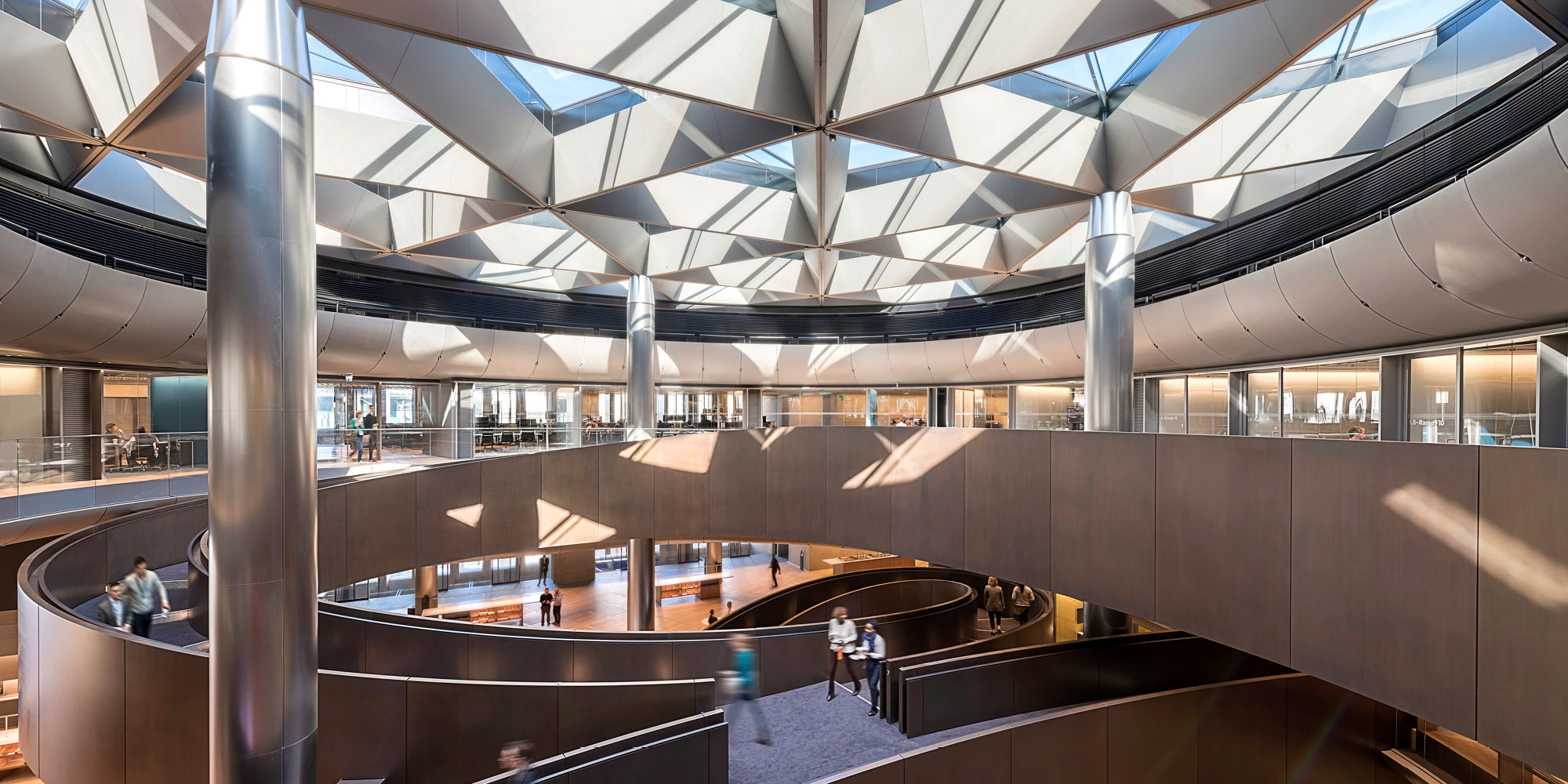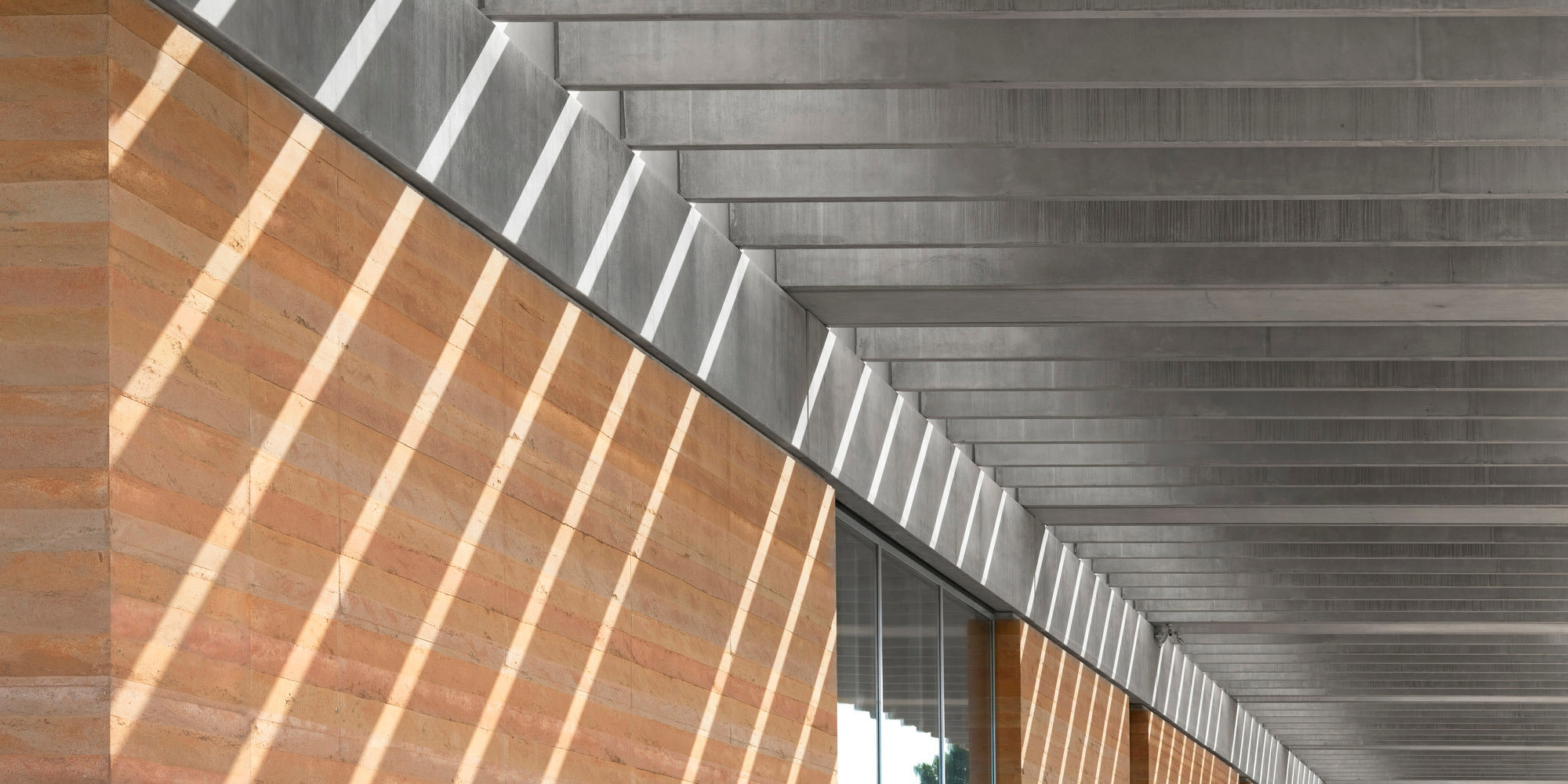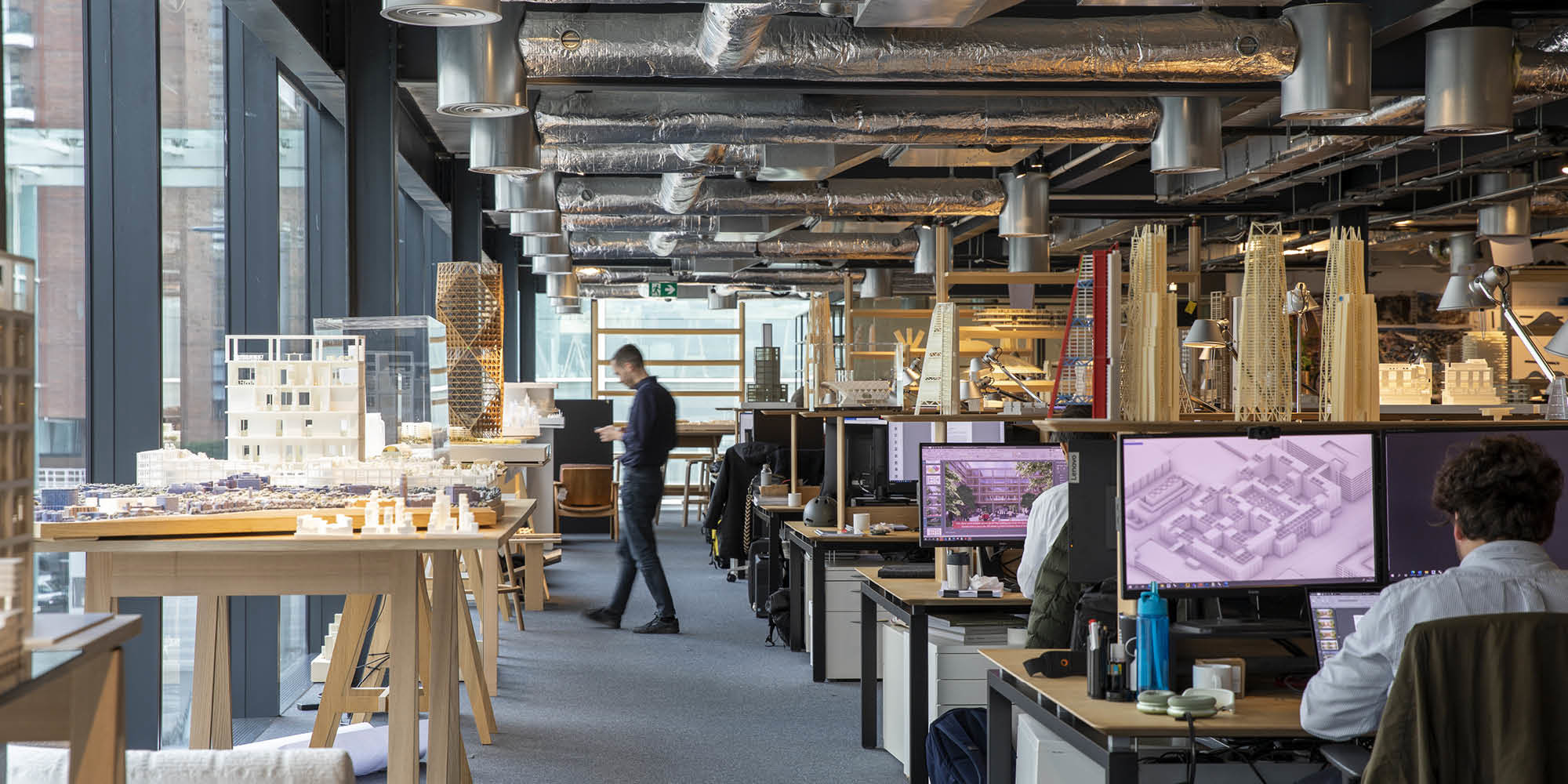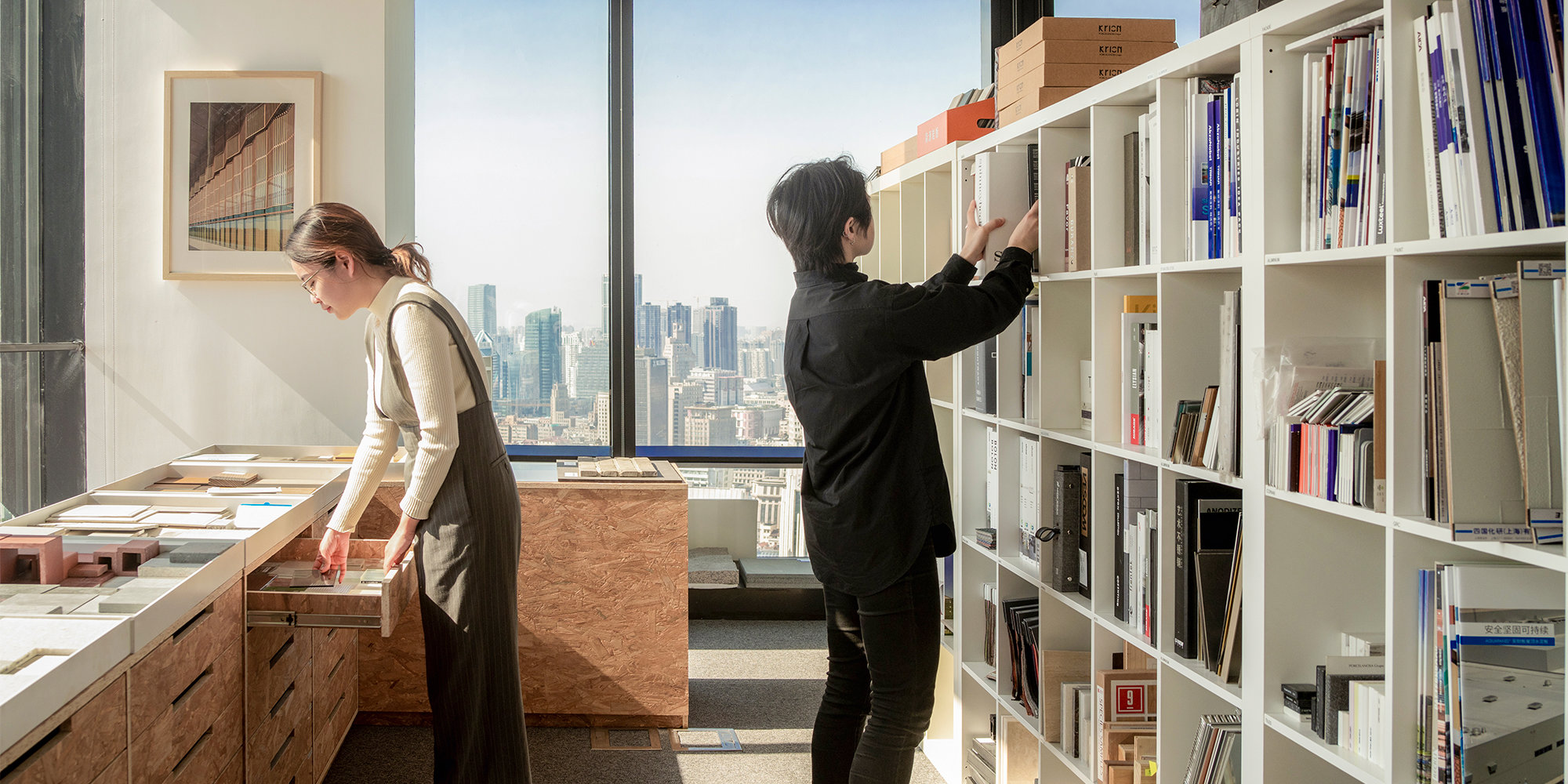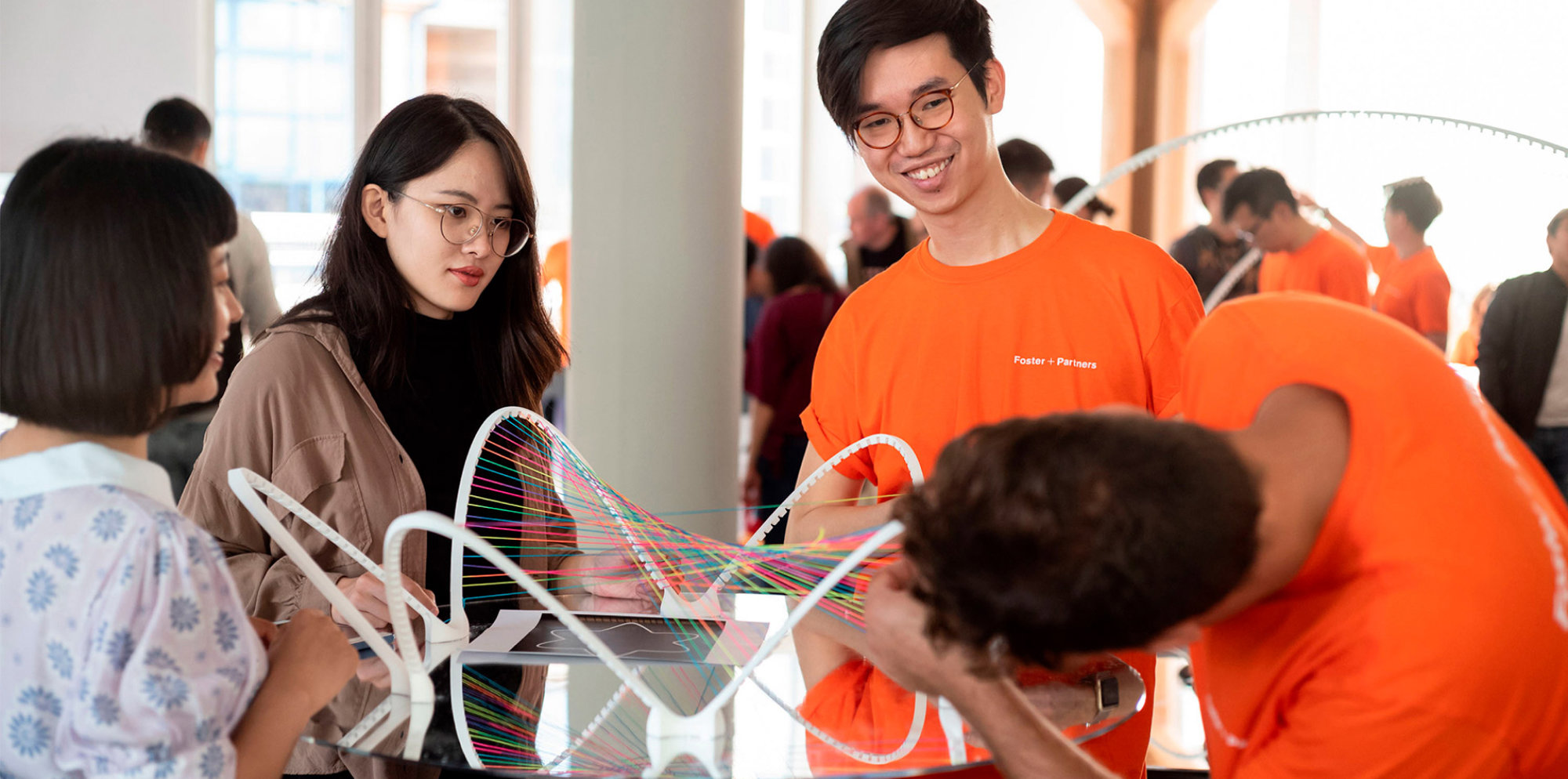BOSTON, MA (April 23, 2009)A century after the Museum of Fine Arts, Boston (MFA), first opened the grand entrance to its majestic building on Huntington Avenuerenamed the Avenue of the Arts in 1998the Museum will once again open these doors to the public during a special ceremony today from 1011 a.m. The entrance, which has been closed for renovations since June (2008), now features a handsome, doubled-in-size Deer Isle granite plaza and new landscaping. Renovations have made the entrance fully accessible, and amenities have been added to enhance the visitor experience. The redesign complements the classic Beaux Arts façade originally conceived by architect Guy Lowell for the Museum, which opened November 9, 1909. The reopening of the entrance marks an important milestone in the MFAs history and in its visionary Building Project designed by Foster + Partners (London).
At todays event, Malcolm Rogers, Ann and Graham Gund Director of the MFA, will welcome the Honorable Thomas M. Menino, Mayor of the City of Boston, along with State Senator Sonia Chang-Diaz of the Second Suffolk District, and other distinguished guests. Rogers also will announce a new community initiative, titled 9 in 09, which offers free admission to the Museum once per month (nine days) through 2009 (these are in addition to the Museums regular weekly free admission program, Wednesday Nights at the MFA, underwritten by the Citizens Bank Foundation).
The ceremony today will take place at the entrance, with remarks beginning at 10:15 a.m., followed by a tree planting and garland cutting (instead of a ribbon cutting) inspired by the Museums annual festival of flowers, Art in Bloom, presented by the MFA Associates April 2527 and co-sponsored by Staples, Inc. Additionally, as part of the Cogan Family Foundation Vacation Week Adventures at the MFA (April 2124), families are invited to attend the festivities, where children can participate in a paper flower-making project and help MFA Director Rogers plant a cherry tree.
The redesign of our entrance on the Avenue of the Arts creates for our neighbors and all Museum visitors a more welcoming environment that preserves the grandeur of the buildings classic design while offering a modern space for friends to meet before beginning their visit, said Malcolm Rogers, Ann and Graham Gund Director of the MFA. Since joining the Museum in 1994, my mission has been to make the MFA more accessible to all who want to enjoy the treasures of world art that lie beyond this grand entrance. The Museums free community days help to make this possible.
The Museum of Fine Arts, Boston, was founded in 1870, and the original building at Copley Square opened on July 4, 1876. To accommodate its growing collection, the MFA moved to its current location at 465 Huntington Avenue, where it opened on November 9, 1909. Throughout the century, visitors from around the world have come to view the Museums encyclopedic collection of nearly 450,000 works of art. The Huntington Avenue entrance to the MFA was closed in July 1990 for economic reasons, then was reopened by Rogers in April 1995, shortly after his appointment as Museum Director, as a symbol of the MFAs commitment to surrounding communities. During a ceremony in 1998, Huntington Avenue was dedicated as the Avenue of the Arts by Mayor Menino and Rogers.
The opening of the entrance restores the Museums central spine as originally conceived by Guy Lowell as part of his 1909 master plan. This extends north from the entrance on the Avenue of the Arts to the State Street Corporation Fenway Entrance (which opened in June 2008) overlooking the Back Bay Fens. The renovation of the entrance is one of many elements in the Museums multi-faceted Building Project, expected to be complete in late 2010. The changes to this entrance enable it to be fully accessible, increase its visitor amenities, and make it more beautiful and inviting with an enlarged plaza, new lighting, and landscaping. The entrance includes ramps on either side of the stairs leading to the doors, automated doors, graded floors, and wide entryways leading to the foyer. A grant from Bank of America supported these design elements as well as the Museums ongoing Access Programming, a series of services and offerings that engage participants of all ages and abilities in the life of the Museum.
The Museums enlarged semi-circular driveway is paved with Deer Isle granite from the same quarry in Maine as the granite used for the Museums original façade. The plaza in front of the entry, now doubled in size and also made of Deer Isle granite, is enhanced by new lighting. Continuing in its place of prominence overlooking the Avenue of the Arts is Cyrus Dallins bronze sculpture, Appeal to the Great Spirit (1909). On either side of the entrance, two long granite benches, lit from below, provide seating, and behind them are two newly planted Kwanzan cherry trees, approximately 20 feet tall, as well as more than 150 yew bushes that have been placed along the Museums grassy areas surrounding the entrance. New granite steps and lighted brass handrails lead up to the front doors, which are flanked by plinths that have been raised. Upon each rests a monumental brass urn featuring a spring planting of pussy willows, daffodils, peonies, and ivy provided by the MFA Associates, the Museums volunteer group. In addition, the buildings three original carved oak and bronze doorways have been refinished, as has the surrounding façade.
Inside, the MFAs elegant foyer has been reconceived as a sculpture court. Placed at the center is Orpheus and Cerberus (1843) by Thomas Crawford, a commanding statue measuring more than six feet above its three-foot stone pediment. Crafted of Seravezza marble, the sculpture was installed at the entrance of the first Museum building at Copley Square in 1876. Now, 133 years later, it once again graces the Museums foyer. Joining Orpheus and Cerberus are two other notable sculptures: on the left is Young Columbus (1871), created in marble by Giulio Monteverde, and on the right is Bacchante and Infant Faun (cast in 1909), a bronze by Frederick MacMonnies. Two additional sculptures are included in the foyer, both by Hiram Powers: Bust of Eve Disconsolate (about 187172) and Faith (about 1872). Renovations to the foyer include new lighting, refinished limestone walls and columns, and new Tennessee marble floors inclined for accessibility.
To the right of the sculpture court is a new ticketing area, where the painting Goulds Hill (1972) by Neil Welliver is on view. The spacious room features a five-terminal ticket desk over which flat-panel LCD screens offer information about admission, exhibitions, Museum hours, and tickets. Self-ticketing kiosks, an ATM, and coat check are among the nearby visitor amenities.
Adjacent to the ticketing area are six Contemporary paintings: Nanny and Rose (1983) by Scott Prior, Linda Nochlin and Daisy (1973) by Alice Neel, Portrait of Nancy Porter Straus (1973) by Fairfield Porter, Ada Looking Over Shoulder (1964) by Alex Katz, Susie (1988) by Lucien Freud, and Birdie and Joseph (1955) by Larry River, as well as a benefactors plaque listing the names of major donors to the Museum. A corridor leads to the grand entrance staircase with views of the magnificent John Singer Sargent murals (19211925) up above. Flanking the stairway are 10 Chinese ceramic, porcelain, and imperial metalwork pieces from the Ming and Qing dynasties (16th-19th centuries) and at the top of the stairs are two cast brass Chinese figures, one of a Daoist and the other a Confucian, both 16th17th century.
